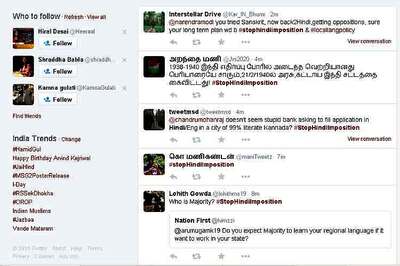
views
SAVANNAH, Ga.: A U.S. Coast Guard analysis found that a cargo ship overturned after departing a Georgia seaport because of unstable loading that left its center of gravity too high, making the vessel susceptible to rolling over, an expert told officials investigating the shipwreck Tuesday.
Coast Guard Lt. Ian Oviatt testified that his analysis found no fault with the design of the South Korean-owned Golden Ray. He said the ship lacked enough water in its ballast tanks, used to add weight at the bottom of a vessel, to offset that of 4,200 vehicles in its cargo decks above.
A naval architect with the Coast Guard’s Marine Safety Center, Oviatt testified during the seventh and final day of public hearings on the Georgia coast to examine what caused the 656-foot (199 meter) ship to tip over Sept 8, 2019, soon after leaving the Port of Brunswick. The crew was rescued safely. The ship remains partly submerged off St. Simons Island, waiting to be dismantled.
Oviatt said his team calculated how weight was distributed aboard the Golden Ray using documents from the port showing how its cargo was loaded as well as data stored on the ship’s computer, including how much water was in the ballast tanks.
The cause of the vessel capsizing was lack of righting energy due to the way the vessel was loaded, Oviatt said. The vessel could have taken on additional ballast to be in compliance.
The Coast Guard analysis showed the Golden Ray failed to meet stability standards required by the International Maritime Organization at the time it capsized, as well as during its two voyages before arriving at Brunswick, Oviatt said.
He said the crew jettisoned roughly 1,500 metric tons of ballast water prior to arriving at Brunswick, 70 miles (112 kilometers) south of Savannah. That raised the ship’s center of gravity and made it susceptible to capsizing.
As a precaution against coronavirus infections, the public was not allowed to attend the hearings in person. Instead, the proceedings in Brunswick were streamed live online.
It could take another year before investigators publish a report of their findings, with recommendations aimed at improving safety.
Separate from the investigation, a multiagency command has spent the past year making plans to carve the ship into eight giant chunks to be hauled away by barges. Officials hope to begin the first cut sometime in October.
Disclaimer: This post has been auto-published from an agency feed without any modifications to the text and has not been reviewed by an editor




















Comments
0 comment